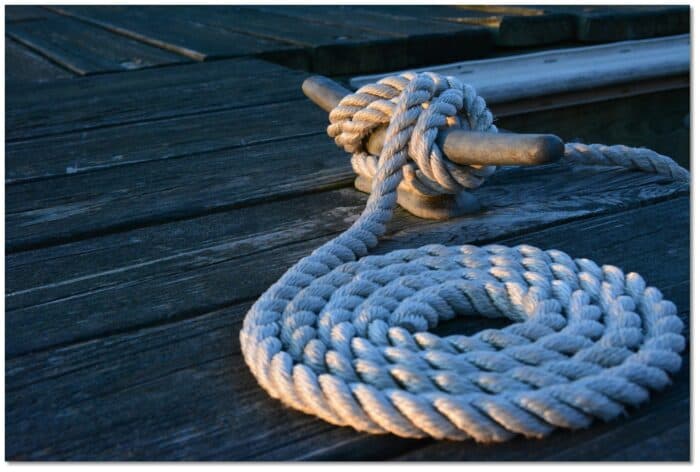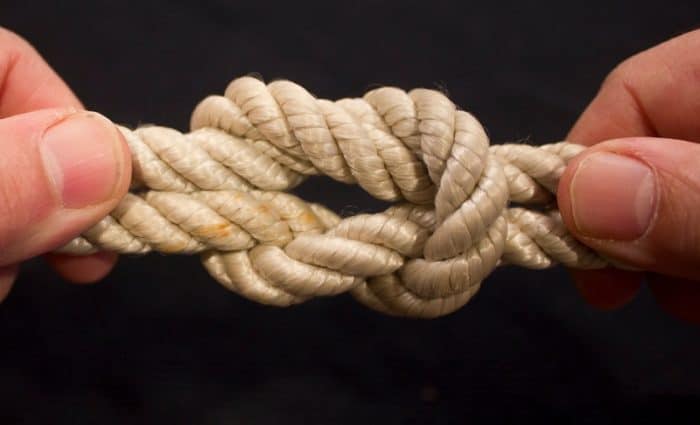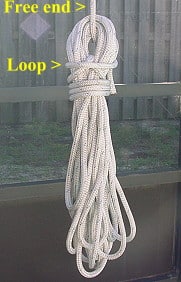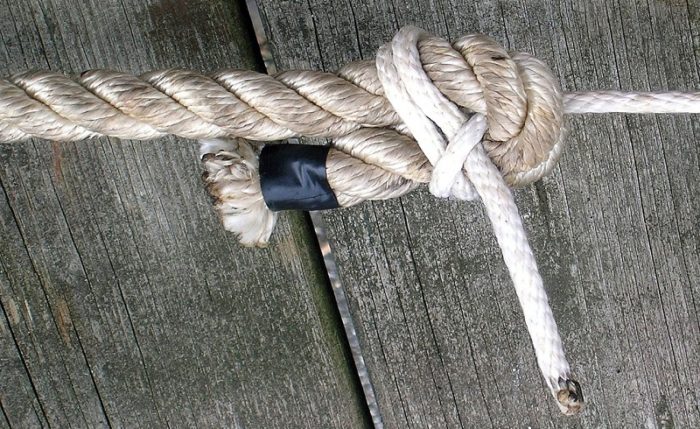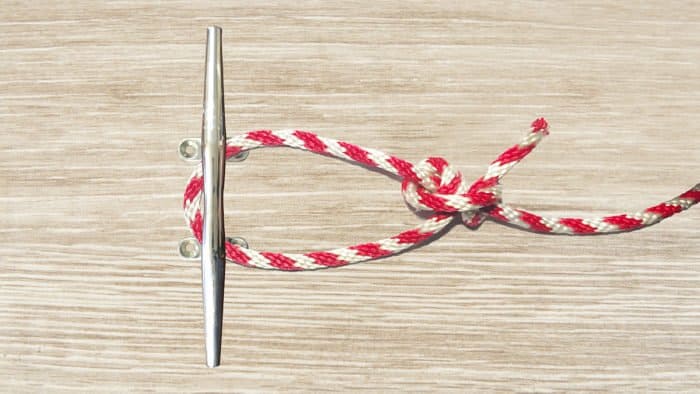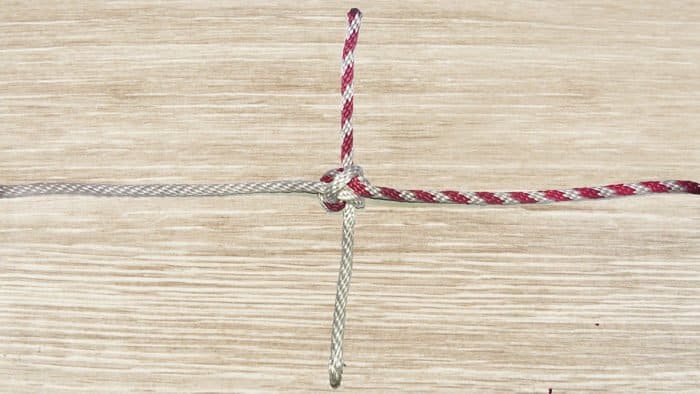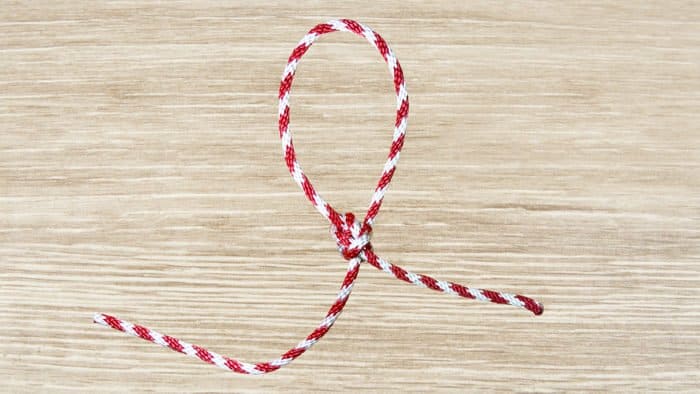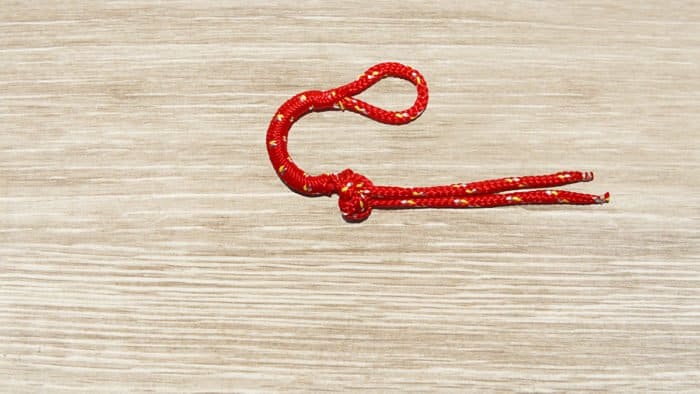The Ultimate Guide to Line Handling and Stowing
Line handling and stowing is an important but often overlooked part of boating. Knowing how to neatly and safely manage and store your lines will ensure a much easier time on your boat with less hassle and less cost in the long run. Learning how to handle and stow your lines keeps everyone on board safe and makes your job that much easier.
Neatness and Safety
Neatness counts, especially because it’s also safer. Don’t throw lines in heaps about the boat. They’ll kink, tangle or jam when you need them and you and your passengers are likely to trip over them.
Get into the habit of coiling your lines when they are not in use, and flemishing any loose ends on deck or dock.
Flemishing
Flemishing a rope means to arrange it in a coil so that it is kept in a near circle when done. The end result is like a big, rope cinnamon bun. It’s named after the Flemish people from Belgium, though the tradition of coiling rope for storage and safety reasons dates back centuries.
Flemishing ends involves braiding up any loose ends that may have frayed from the rope as a whole so they stay neat and tidy.
There is a good reason for making a Flemish coil (besides looking good): stepping on a loose line can be like stepping on a marble, while stepping on a flemished line is like stepping on a mat. It also protects your lines from unnecessary (and unsafe) wear and tear and helps preserve the lay of twisted rope.
Lines that are properly coiled can last much longer than those that are being stepped on or tossed about haphazardly.
Understanding Different Ropes
Twisted rope should be put into round coils. Right-laid rope, as most twisted rope is, should be wound clockwise, while left-laid rope should be wound counter-clockwise. Preserving the lay of the rope in this way will make for a line that coils easily and plays out smoothly.
Right-Laid Rope: Hold a strand of your rope upright in your hand. If the spirals appear to coil up to your right it is right laid rope. You can also identify it by looking at the coil pattern and imagining the letter Z. If it looks like a Z coiling up, that’s right laid. Most ropes you find these days will be right-laid rope.
Left-Laid Rope: Using the same technique, hold a length of rope up and look at the coils. If they coil up to the left, that’s left-laid rope. This will look like the letter S rather than a Z.
Braided rope has no preferred direction and often loops into figure eights naturally. This will also run out smoothly.

Stowing the Line
Method 1: Take three or four feet of line from the back of the coil and make three turns around the coil. Pass a loop of the free end through the top of the coil. Pass the free end through the newly created loop. Take the loop over the top of the coil and pull the free end to fasten. The free end should hang slightly longer than the coil so it can be located quickly.
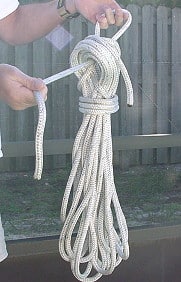
Method 2: Another method better suited for storing the line in a rope locker is to double the end of the completed coil to form a long loop. Pass the loop, in a clockwise turn, around the head of the coil, passing the end of the loop under its own midsection. Take another turn around the coil to the left of the first one and tuck the end of the loop under this second turn. Pull tight so that the end of the loop stands free and can be used as a hanger. Again, make sure the free end hangs down a bit so it can be located quickly.
You want to avoid kinks and twists in your rope whenever possible. Stowing rope when it’s twisted makes it harder to run out. But it will also weaken the rope over time and damage it. That’s why following the natural pattern in the rope is best.
Using a rope locker to hang your rope when it’s coiled up and no longer needed is a good way to keep it out of the way and tidy.
Tips For Ensuring Safety and Long Life for Your Lines
There are several things you can do to keep your lines in good condition over the long-term.
Chafing Prevention
Chafing (repeated rubbing of an area of the rope against an abrasive surface) will greatly weaken the line and make it unable to bear strain.
- Protect the line from chafing by sliding a snug plastic tube over the area that comes in contact with a dock or other surface. Alternatively, cover the surface with a smooth, sturdy material. Even a simple garden hose can be easily repurposed for this task.
- Chafe guards or mats can be applied to your boat in the spots where your lines rub most frequently, reducing that friction considerably. Guards are made from nylon and slip right over the ropes to absorb the potential damage and extend line life.
- Dock line subbers can be attached to absorb the stress your dock lines experience. They work a lot like shock absorbers on a car, taking that initial stress and passing less on to your boat lines as things naturally move and pull.
Switch Things Up
Tying knots or hitches in the same place often will cause that part of the line to weaken. Occasionally switch the line ends (like rotating your tires) and try to tie knots and hitches in different areas of the line. Prolonged exposure to rust, dirt, sand or mud deteriorates rope. Any stiff or hard lines should be replaced.
Avoid the Sun
Whichever lines you choose to use make sure they are kept out of the sun when not in use. UV rays can damage your lines over time and make them weak. Keep them clean, unfrayed, dry and coiled neatly. Don’t leave knots in a stowed line for long periods of time. To clean rope, scrub it with a solution of liquid soap and water. Dry completely before storing.
Keep it Clean
We’ve mentioned a few times that dirty ropes can weaken and become dangerous, so how do you clean them? The manufacturer of your rope may have specific tips so look there first. But in general, here’s what you need to do. Some ropes can safely be machine washed when placed in a pillow case in the machine on a gentle cycle but do your research first. This can still cause damage to certain ropes.
- Soak carefully: You can pre-soak your lines but be careful of the ingredients in your soap. If it’s too acidic or too basic you could cause irreparable damage to your lines. Nylon and polyester lines cannot handle acidic cleaners. Something like Lime Away will all but destroy these lines. Plain vinegar is just as bad. Make sure you know the ingredients!
- Use a mild detergent. This is vital for rope that is new or just a few years old. New rope will have UV-resistant coatings and other additives to make it easier to handle. You don’t want to wash that away or your efforts could make it even worse. Use at most half the recommended amount of normal detergent or something like Woolite to keep your ropes clean. Older ropes will have been around a while and can handle more detergent.
- Power wash with care: Many boaters will just use a power washer to hose off grime and that can work, just be cautious. Don’t get too close to the rope with the water jet or you may start weakening the line.
- Air dry: You don’t want to use heat to dry your lines as that could cause further damage as well. Air dry loosely on the ground.
Ease the Tension
A line under tension, especially a nylon line, can be a lethal weapon if it, or what it is attached to, fails. The line will recoil with a force that can cause serious injury and/or damage. Keep your lines in good condition, replace them when worn and always monitor lines under stress. Do not allow anyone to stand in line, or within 45 degrees on either side, of a line under stress.
The Bottom Line
Like any part of your boat, your lines can last a long time if they are well cared for. And, by the same token, if they are neglected they can fail quickly. If you don’t handle the lines safely and carefully, not only can you be out of pocket buying new ones, you can also risk your safety and those of your passengers. Tripping on lines can lead to accidents and a weak line can snap with enough force to seriously hurt someone. Keep it clean, tidy and safe and your lines should last years to come.
Categories: Nautical Knots
